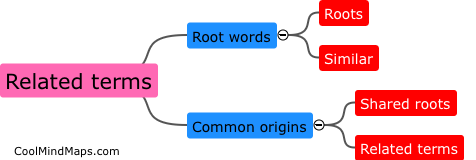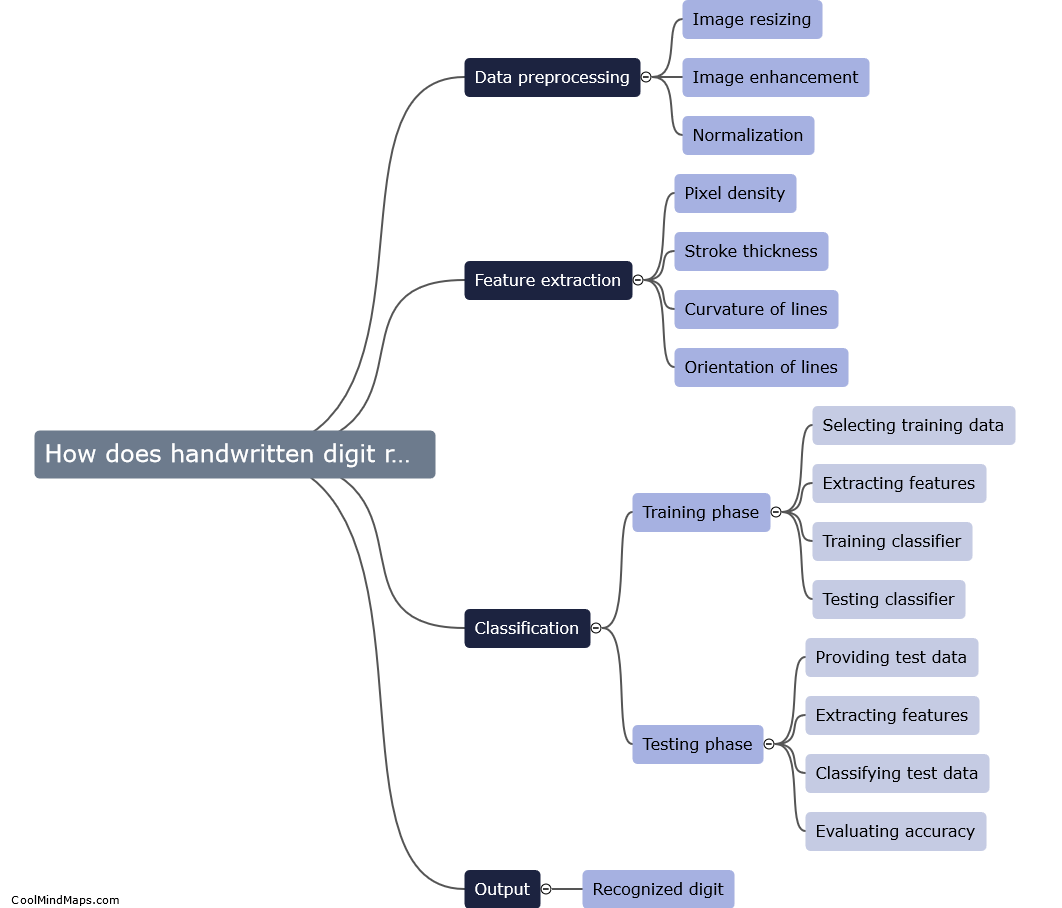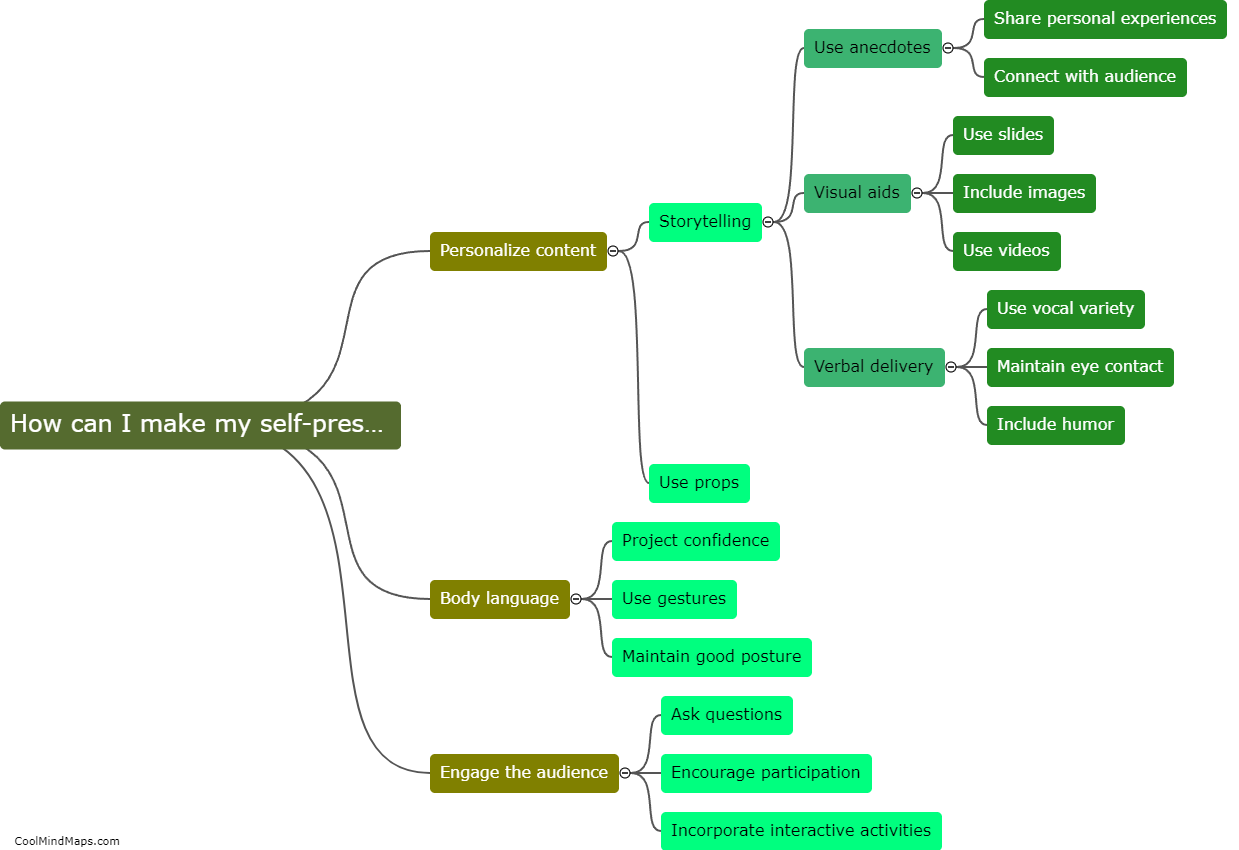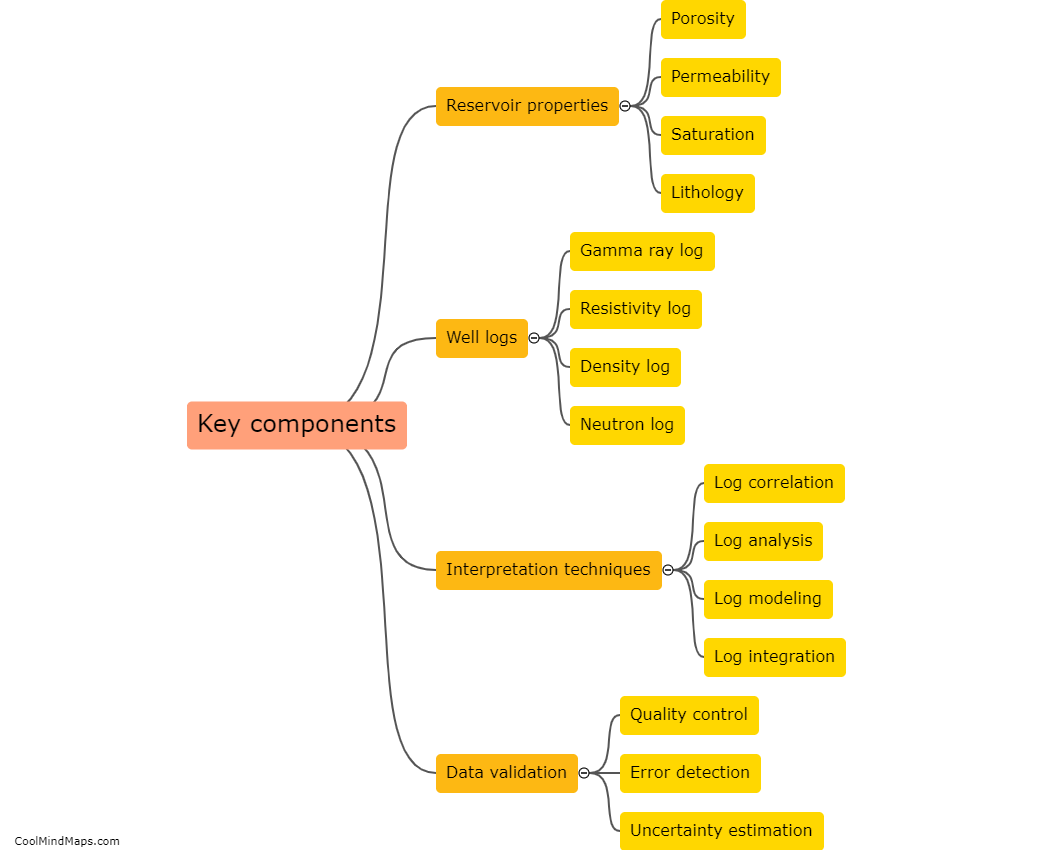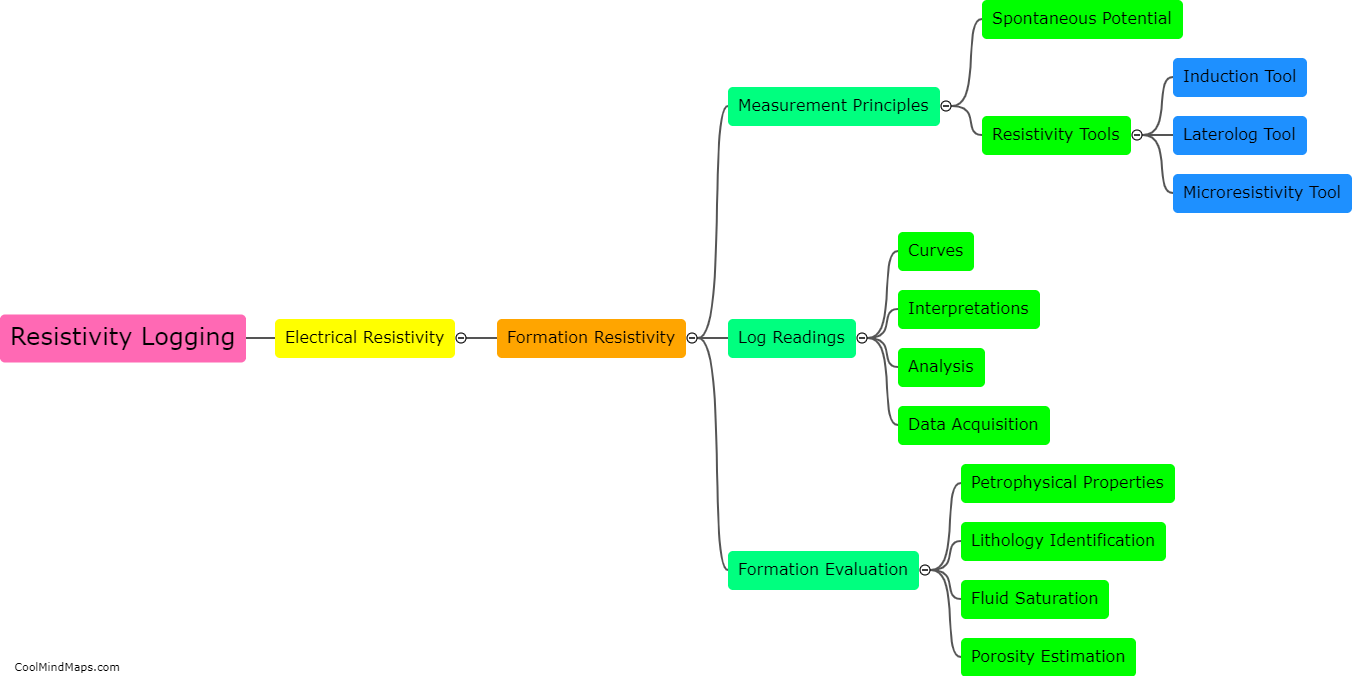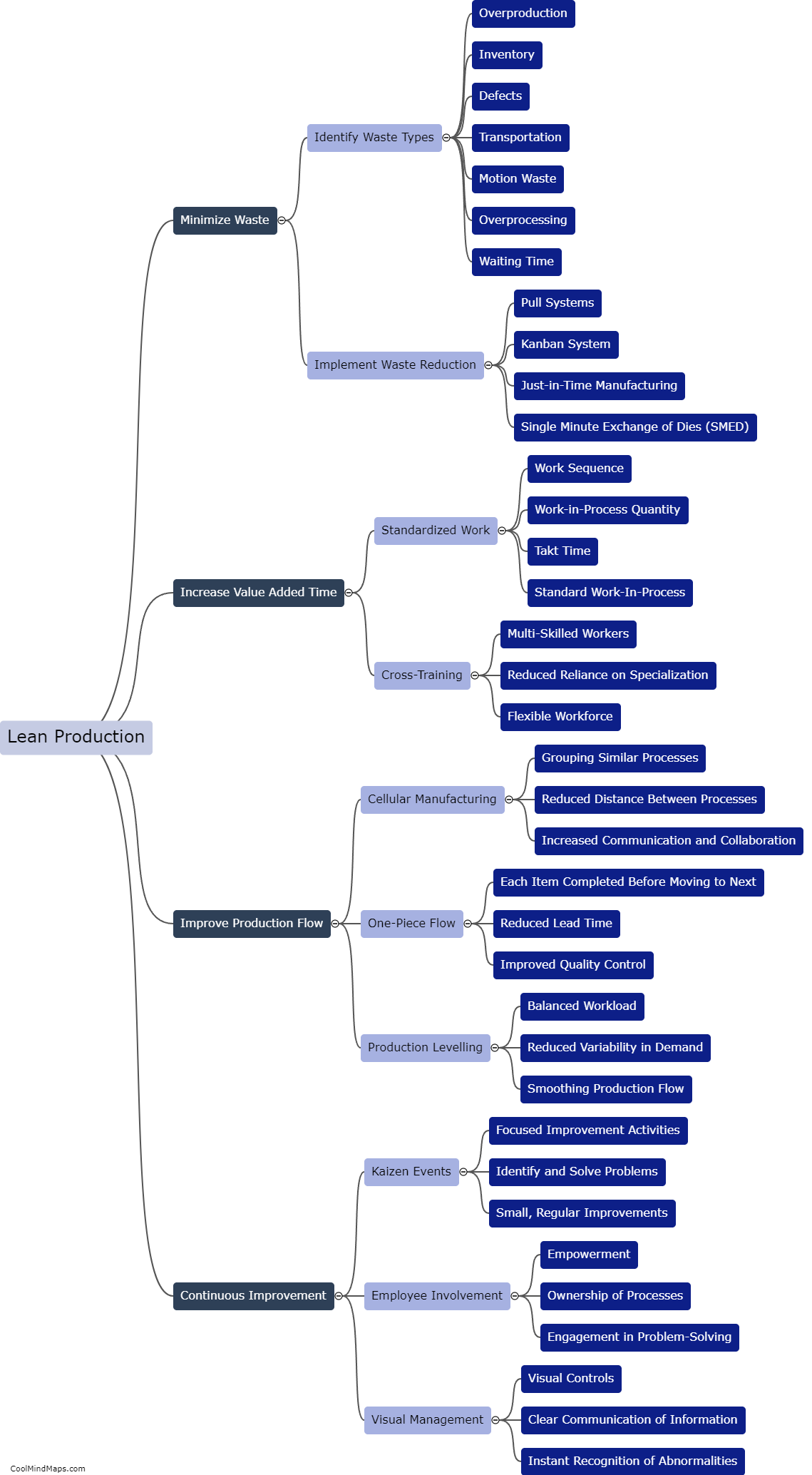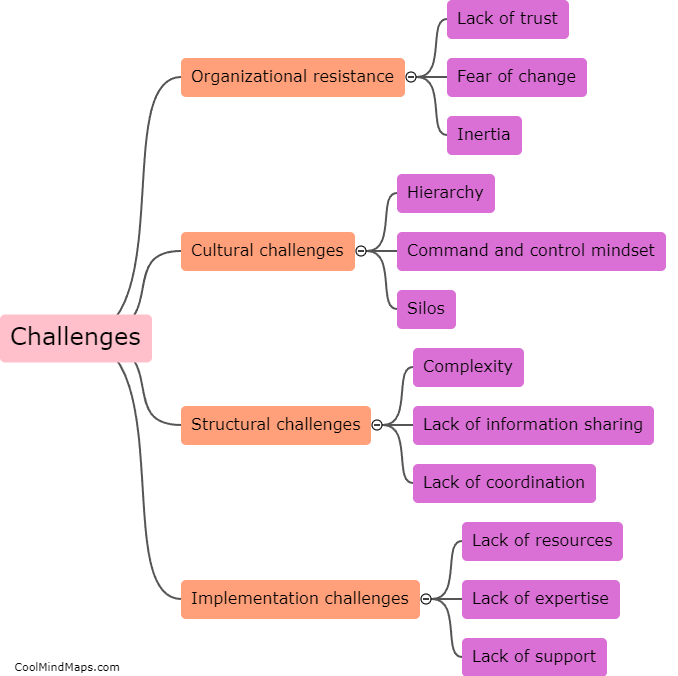How does a Laterolog resistivity tool work?
A Laterolog resistivity tool is a well logging tool used in the oil and gas industry to measure the resistivity of the surrounding formation. It works on the principle of injecting an electrical current into the formation through two electrodes and measuring the voltage drop between two additional electrodes. The tool consists of a sonde that is deployed downhole and contains the four electrodes. When the current is transmitted, it encounters the resistance of the formation, which is influenced by the type and amount of fluids present. This resistance is then measured and used to determine the resistivity of the formation. The data obtained from a Laterolog resistivity tool helps in identifying the formation's lithology, determining the presence of hydrocarbons, and evaluating the formation's potential for oil and gas production.

This mind map was published on 10 November 2023 and has been viewed 104 times.
